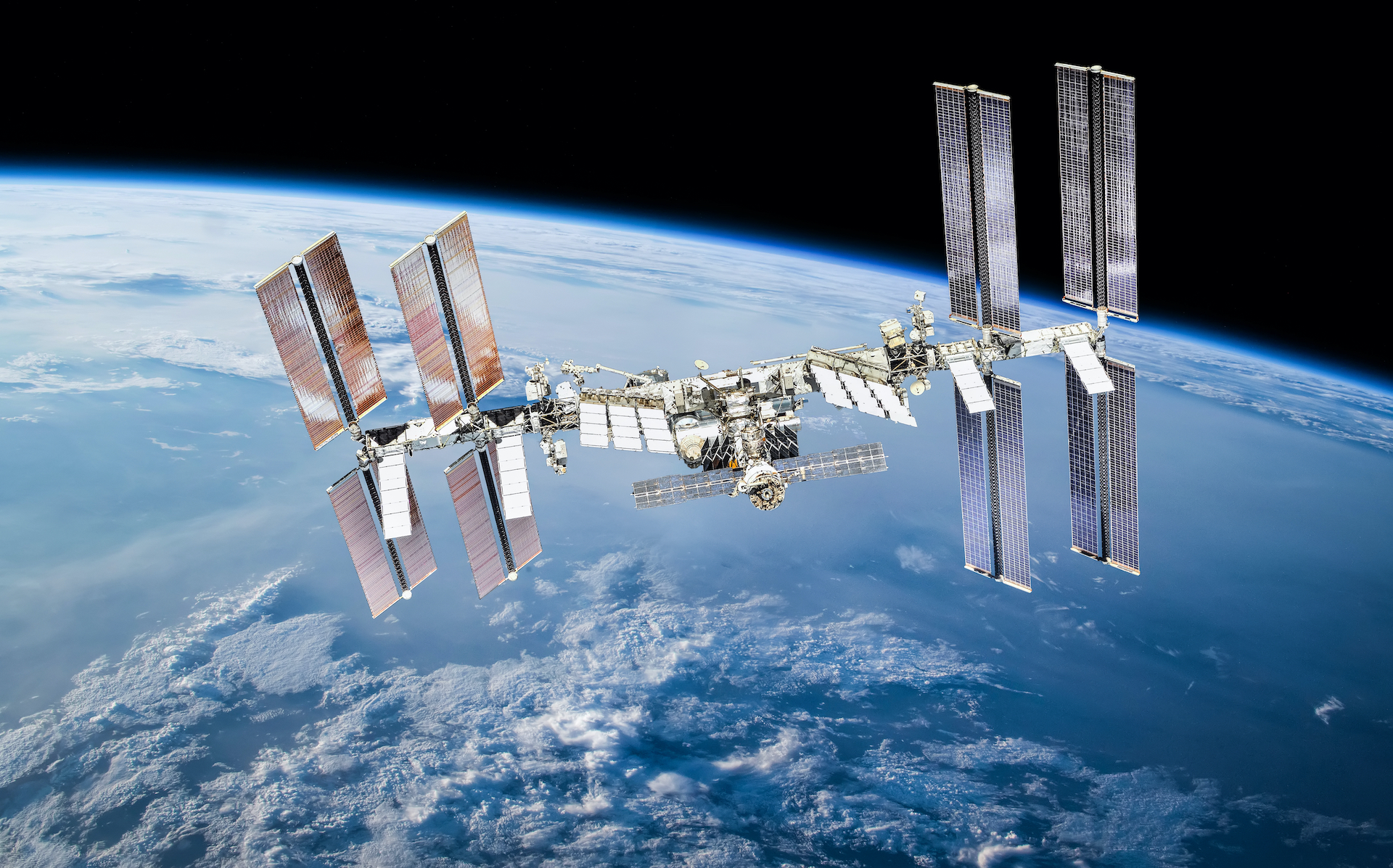
Billionaire Space Barons Want to Build ‘Mixed Business Parks’ in Low Earth Orbit
Race space is no longer competition between world global superpowers – at least not nations that have run to become the first to the moon. At present, low Earth orbit is a battlefield for personal conglomerates and billionaires that make it easier for them. With Mir space station which has Deorbited in 2001 after 15 years serving and the ISS is scheduled to retire at the end of the decade, tomorrow’s space station is very possible and operated by the company, not the country. In fact, the handover has begun.
“We are not ready for what happens after the International Space Station,” The NASA-Administrator Jim Bridenstine explained at the Senate Trade Committee Subcommittee trial in October. “Building a space station takes a long time, especially when you do it in a way that has never been done before.”
NASA is on a ship with this transfer, has compiled and published its plan for the development of Leo Commercial (CLD) in 2019, which calls for “a strong low earth orbit economy from where NASA can buy services as one of many customers,” as part Of many customers, “as part of many customers,” as part of the Directorate of Mission Exploration and Human Operations at the Johnson Space Center. The CLD plan issues agency steps to build a commercial space station ecosystem. It starts by allowing private companies “to buy ISS resources,” namely rental rooms at stations for commercial activities, “Allow the company to fly private astronauts to ISS,” Spacex carried out last April, and initiated “a process to develop commercial Leo Destinations “And work to” stimulate demand “for these purposes and services.
“NASA is basically an exploration agent,” wrote the space agency in 2019. “We like to challenge the status quo and find new things. We like to solve problems that are impossible and do extraordinary things. NASA also realized that we needed help and Don’t know everything. We can only achieve amazing things by team work. NASA reaches the US private sector to see if they can encourage economic borders into space. “
Space exploration has become a public-private cooperation effort since the days of establishing NASA. For example, launch vehicles that can be spent placing satellites to Leo from 1963 to 1982 – The Titan by Martin Marietta, Atlas from General Dynamics, Delta Rockets McDonnell Douglas, and The Scout of LTV Aerospace Corporation – All built by private aerospace companies as contractors Federal but operated by the US government. “The US government basically functions as the only provider of space launch services for the Western world,” FAA wrote. It changed in the 70s when the European Space Agency developed its own Elv, Ariane, and NASA exchanged its own rocket for the space shuttle program, which became the default satellite launch system of the country.
The private room was launched, such as what SpaceX and Northrop Grumman did, getting their start in the US back in 1982 when the space service sent a Rocket Conestoga prototype, completely the second stage of a one-minute missile. The size, number and severity of the company’s circle must jump to get cleaning the launch is enough to convince members of Congress to introduce the legislation to streamline the process, ultimately lead President Ronald Reagan to state expanding the involvement of the civil sector in the launch of being “national goals.” We have seen a number of important milestones in decades since including the launch of Pegasus Rocket operated by Orbital Sciences Corporation in 1990, which is a fully launch vehicle personally developed personally and air-based to reach space, up Dennis Tito ride a rocket Soyuz to ISS in 2001 to become the first tourist room of the earth, and the first SpaceX Dragon Capsule mission in 2010, the first time the spacecraft that was privately operated was equally launched and recovered from orbit.
You may also like
Archives
Calendar
| M | T | W | T | F | S | S |
|---|---|---|---|---|---|---|
| 1 | 2 | 3 | 4 | 5 | 6 | 7 |
| 8 | 9 | 10 | 11 | 12 | 13 | 14 |
| 15 | 16 | 17 | 18 | 19 | 20 | 21 |
| 22 | 23 | 24 | 25 | 26 | 27 | 28 |
| 29 | 30 | 31 | ||||

Leave a Reply